corner with a book or laptop. Once considered freeloaders for ordering just one drink and staying all day, these patrons are now part of a growing café culture known as “Cagong” (카공, café + study). But what exactly is Cagong, and why should you understand it while visiting South Korea? Let’s dive into this evolving trend and what it means for café etiquette.
What is “Cagong”: A New Emerging Cafe Culture in South Korea
In South Korea—and likely in many other countries—you may have noticed people or business owners frowning upon customers who occupy café seats for hours after ordering just a single meal or, even worse, just one drink. Koreans refer to these individuals as “study café-goers” (카공족, 카페+공부) or “coffice workers” (코피스족, 커피+오피스).
However, what was once seen as freeloading in the culinary business has now evolved into a growing café culture in South Korea known as “Cagong.”
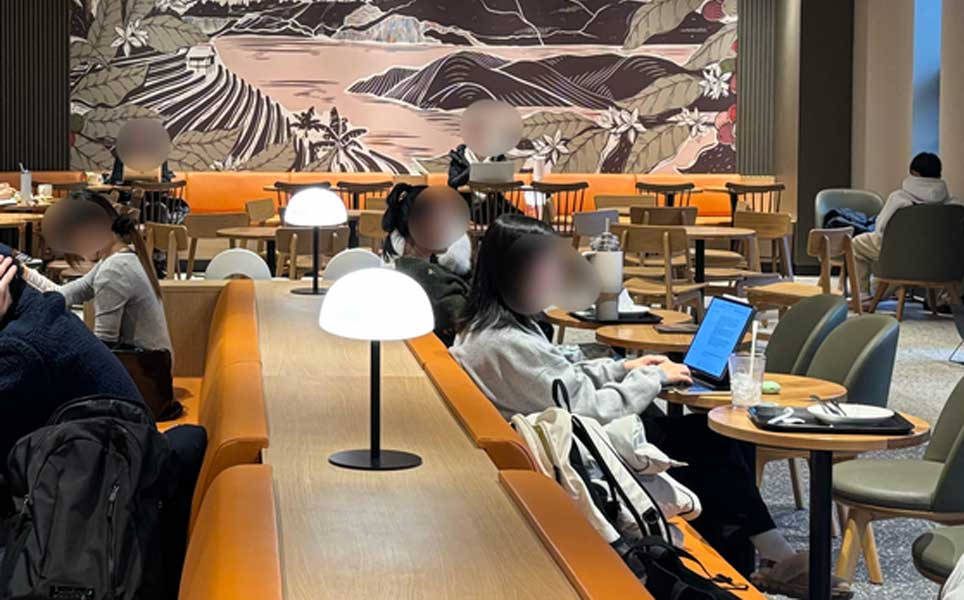
So, what is Cagong? A blend of the Korean words for café (카페) and study (공부),Cagong has reshaped café culture and etiquette—not just for customers, but also for business owners. With its rising popularity, café owners have begun to recognize the advantages of higher per-customer spending. As a result, they are now actively welcoming long-stay patrons, even curating special menus designed specifically for them.
How Did Cagong Start?
Now, you may be wondering, where did Cagong come from? How did it begin in the first place?
Originally, Cagong became popular as more people started using cafés as study and workspaces. However, after the COVID-19 pandemic, food prices increased, and many people looked for cheaper places to study or work instead of renting co-working spaces or private study rooms. Cafés, which offer a comfortable environment, free Wi-Fi, and charging outlets, became the perfect solution.
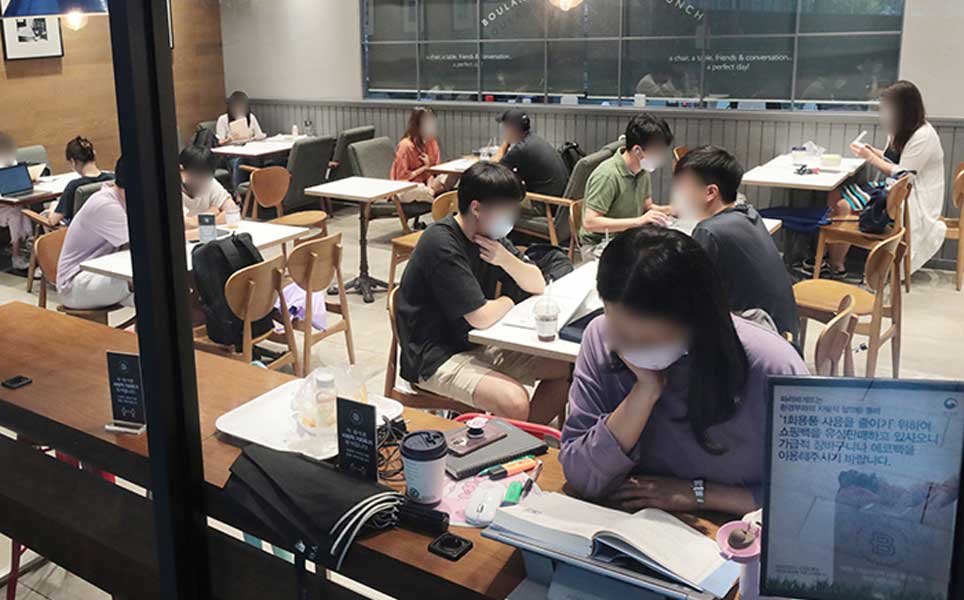
At first, many café owners were unhappy with this trend. They worried that long-stay customers were taking up seats without spending enough money. Some cafés even tried to stop this by setting time limits or requiring customers to order more.
However, as more people adopted the Cagong lifestyle, café owners began to see an opportunity. Instead of discouraging long-stay customers, many cafés started welcoming them, offering special menus, and even changing their interiors to create a more study-friendly atmosphere.
How Cafés Are Embracing the Trend
Now that Cagong has officially become a new culture and lifestyle for people in South Korea, business owners have also made several changes to make cafés and coffee shops more comfortable for the customers.
Study-Friendly Café Spaces
Firstly, some cafés have redesigned their spaces to be more study- and work-friendly. Popular chains like Hollys and Café Manwolkyung have added partitioned seating, single-person study desks, and more power outlets to make it easier for customers to work or study for long hours.
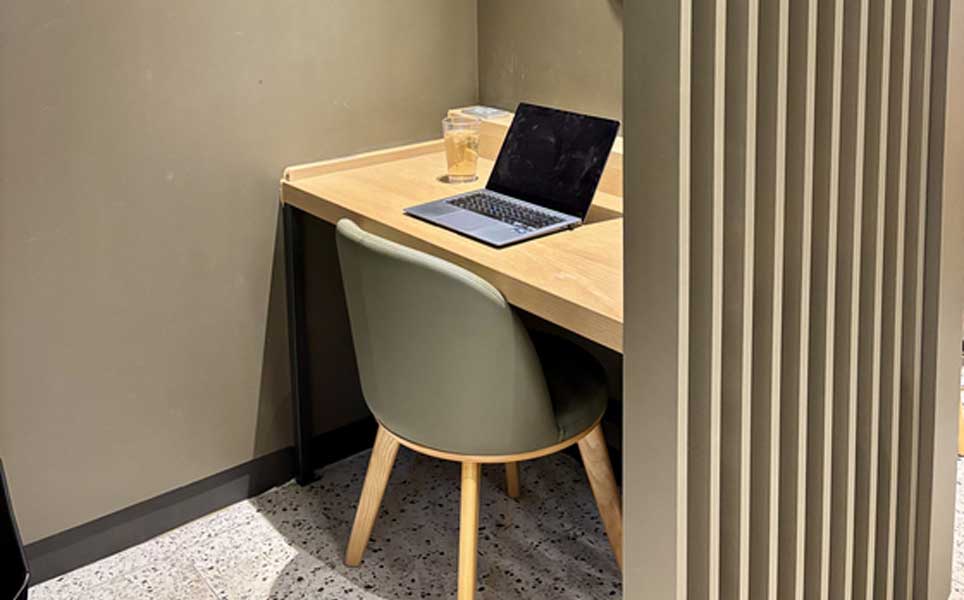
Moreover, Korean cafés and coffee houses have also introduced private study rooms especially for Cagong customers. Not only that, but some even included soundproof booths for online meetings and large tables for group projects.
Special Menus for Long-Stay Customers
Furthermore, to encourage long-stay customers to order more, cafés now offer full meal options instead of just drinks and desserts.
For example, Coffee Bean Korea recently launched a weekday lunch set called “₩10,000 Feast”, featuring an Americano paired with a rotating selection of meal options like Shrimp Cream Risotto and Bolognese Lasagna. Similarly, Café Manwolkyung introduced a Triple Berry Sandwich—a fresh take on the classic ham-and-cheese sandwich, enhanced with a blend of strawberry, raspberry, and blueberry jam.
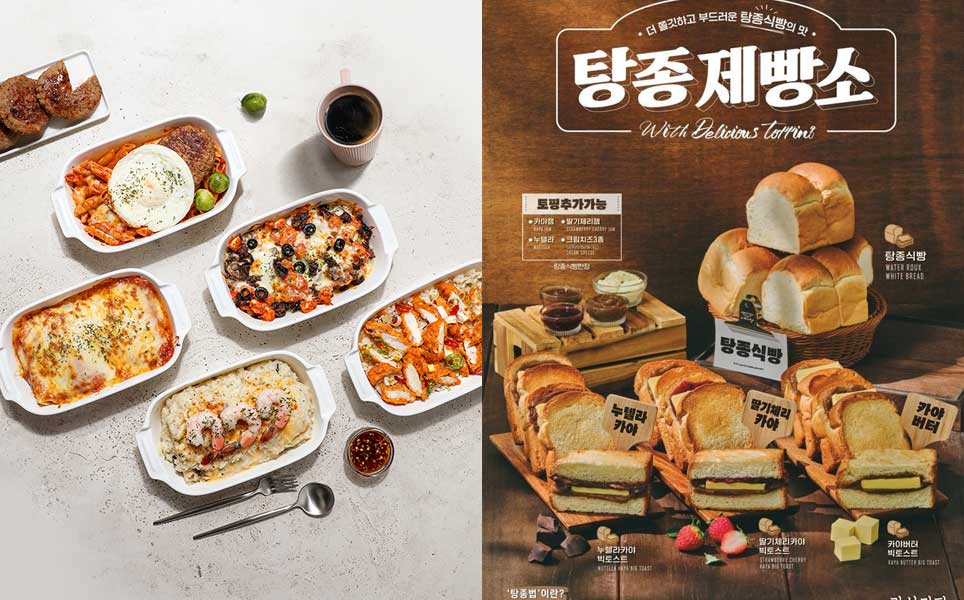
By adding meal options, they can increase their revenue while providing Cagong customers with more reasons to stay and order additional items.
A New Café Etiquette
As Cagong culture now become a viral trend, customers also started developing new café etiquette.
In the past, people were criticized for ordering just one drink and staying for hours. But now, it is expected that long-stay customers make additional purchases, such as ordering a second drink or a small snack.
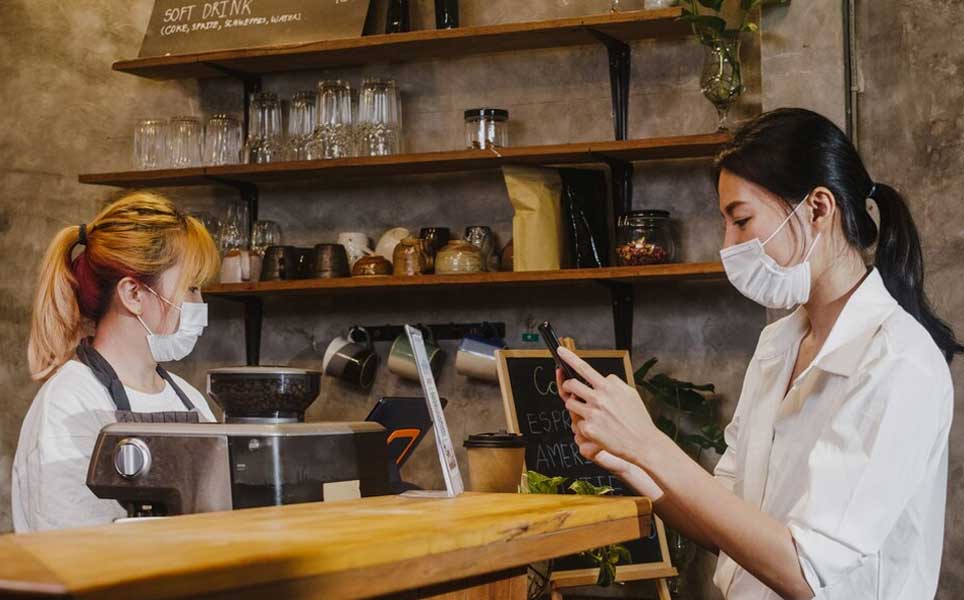
At the same time, cafes are also expected to provide discounted refills, combo deals, or loyalty programs that reward customers who stay longer and order more.
Crucial Tips for Cagong Etiquette When You’re in South Korea
Now, if you’re planning on spending a moment in South Korea for some time, there will be chances where you join this new Cagong culture. Therefore, it’s important to follow some basic Cagong etiquette.
While many cafés welcome long-stay customers, being mindful of these unwritten rules will help ensure a pleasant experience for both you and the café staff.
1. Make Additional Purchases
Even though some cafés don’t have strict rules about ordering more, it is considered good manners to buy something else if you’re staying for a long time. If you plan to stay for several hours, consider ordering a second drink or a small snack to show appreciation for the space.
2. Be Mindful of Peak Hours
During busy times, such as lunch hours or weekends, cafés may be crowded with customers who just want to grab a quick coffee. If the café is full, avoid occupying a large table alone and try not to stay for too long. That is, of course, unless the café specifically caters to Cagong customers.
3. Keep Noise Levels Low
Many Cagong customers come to cafés for a quiet and productive atmosphere. If you’re watching videos or having a conversation, use headphones or speak softly to avoid disturbing others. Some cafés even have designated quiet zones for studying and working.
4. Use Café Facilities Respectfully
If a café provides free Wi-Fi, power outlets, or study desks, use them responsibly. Avoid using multiple seats for your belongings and keep your workspace tidy. If you unplug another customer’s charger or move their things, always ask politely.
5. Follow the Café’s Policies
Each café may have different policies regarding seating limits, outside food, or required purchases. Some study cafés operate on an hourly fee, while others have minimum order rules. Checking the café’s guidelines before settling in can prevent misunderstandings.

Finally, Cagong has become a big part of café culture in South Korea, and it is expected to continue growing. Many cafés are likely to introduce even more Cagong-friendly features, such as better seating arrangements, more meal options, and smarter study-friendly designs.
Therefore, understanding Cagong is more than just knowing where to find a good café. Instead, it will give you an authentic experience on a unique part of modern Korean cafe culture.
So, next time you find yourself in South Korea, why not grab a cozy café seat, order your favorite drink, and experience Cagong for yourself? It’s the perfect way to soak in the local culture, get some work done, or simply enjoy a relaxing moment in one of the country’s many welcoming cafés!
Related Posts
2,431 total views, 5 views today

















